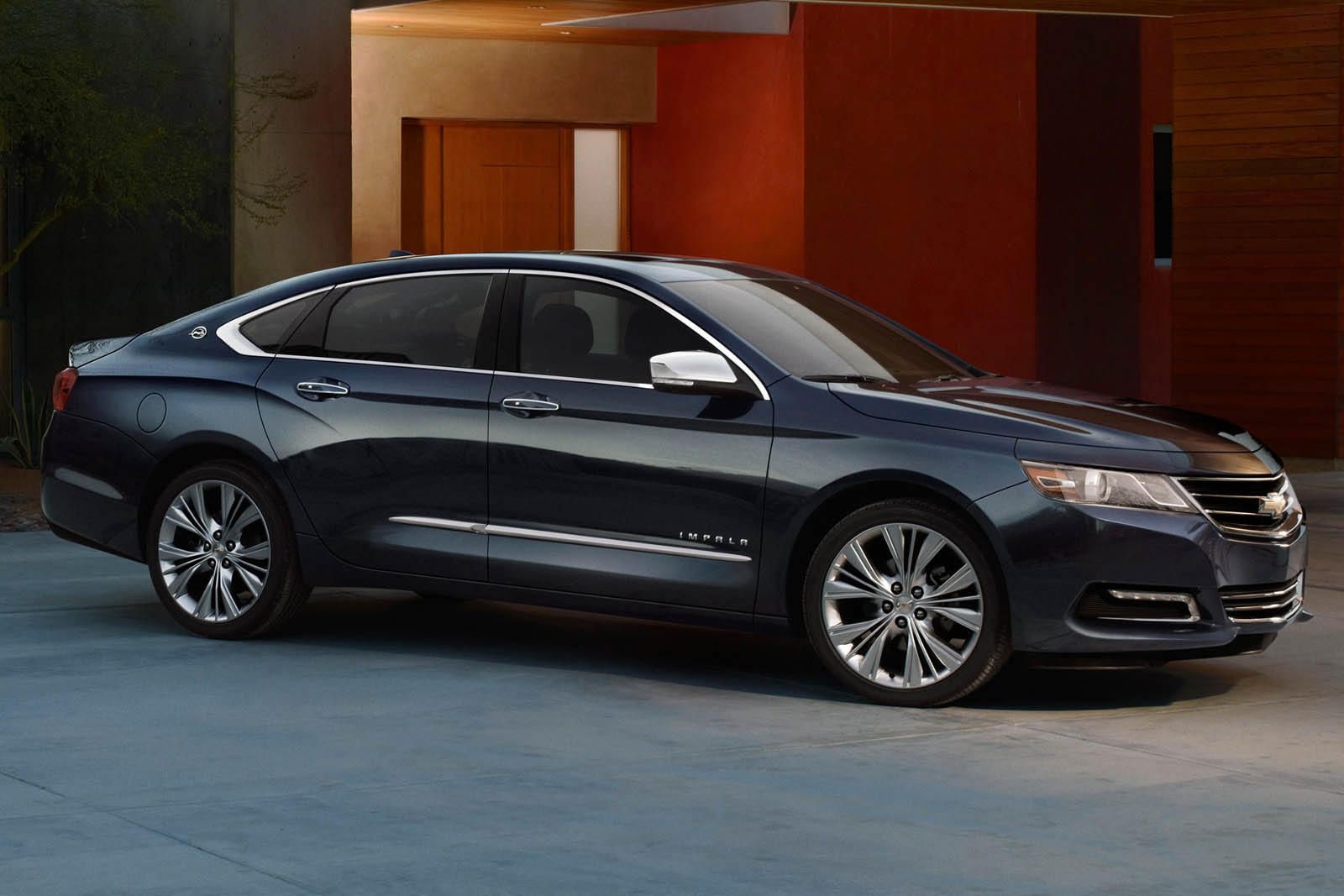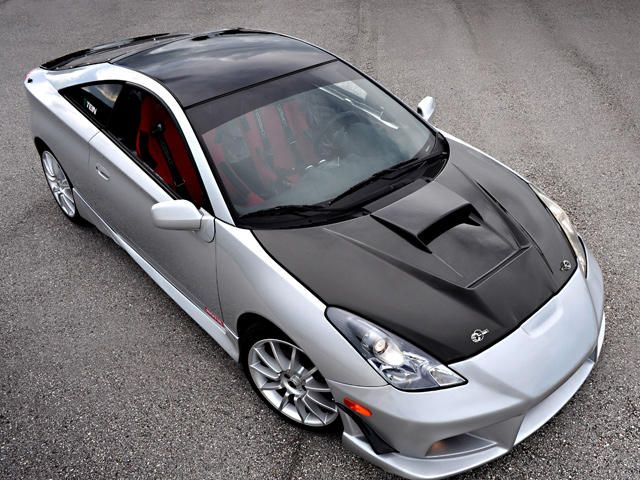
When people talk about Toyota sports cars, they're usually talking about the Supra (or the newer GT-86/Scion FR-S). but as important as the Supra was as a sports halo car, the Celica was the real backbone of Toyota's sport compacts for decades. The Supra was borne of the Celica, and the Celica would end up outliving it as well. The nameplate might be dead now, but the spirit of the car very much lives on in the Scion tC; it has simply been rebranded.
The Celica was first introduced in 1970, and shared a platform with the also-new Carina. It was offered with a variety of engines, and although none of them were especially powerful, the car was incredibly light. Weighing in at just under 2,000lbs, the Celica's debut just before the onset of the energy crisis was very well timed, as these lightweight sport compacts would for a time be the only kind of affordable performance on the market. The rear-wheel-drive Celicas would last for three generations, until 1985, and even though it is the later Celicas which got the attention from tuners, it was while the Celica was RWD that it first made its name in motorsports.
1978 saw the introduction of the Celica Supra, which we've covered before, but it also saw the Celica GT Rally, and this is where the Celica made its own name. Celica rally cars racked up a string of victories during the early Eighties, but when the platform was switched to a FWD setup, Toyota had to rethink its rally strategy. Fortunately, it can generally be agreed that it took the right path in creating a rally car. This car was the Celica GT-Four, the holy grail of the Celica world. It was a turbocharged and full-time all-wheel-drive version of the Celica built as a homologation special.
Though three generations of the GT-Four were produced, as a homologation car, it remained fairly rare, albeit nowhere near as rare as homologation cars like the Porsche 959 or even the Plymouth Superbird. But the standard Celica was popular with tuners as well, especially the fifth and sixth generations of the car. For those who couldn't get their hands on a turbo Celica, engine swaps became a popular option. It was possible to attach a turbo kit to the standard engine, but this presented some problems. First, the high-revving N/A engines weren't built for boost, and could only take so much before coming apart.
The next problem which would be encountered was with the ECU, which was locked and would have to be replaced with an aftermarket programmable module. It would get to be a lot of trouble and expense for relatively small gain, and while swapping the engine was a task as well, the benefits were far greater. The clutch was often a weak point on the Celica, and putting too much more power through it would often cause slippage. A triple-plate clutch was the recommended way of dealing with this. Again, if you're doing the work anyway, you might as well go all the way.
For FWD models with a turbo engine, the limits of the engine's ability to deal with boost will also be about the limit of the front wheels' ability to handle the power. A new turbocharger therefore won't be needed, as the stock turbo can be cranked up to about 15psi. Together with a more aggressive cam and some new breathing equipment, you're looking at as much as 340 horsepower. That's asking a lot of the front wheels, and some suspension and wheel/tire upgrades will probably be necessary. But keep in mind that as great as 20" wheels might look, the biggest you're probably want to go for practicality's sake is 18 inches, although 17 inches would be better.
There was a seventh generation of the Celica, introduced in 2000, but this one isn't quite as tuner friendly. This is in part because there was no turbo engine after 1999, and tuning the N/A engine just no longer seemed worth the effort. TRD did make a supercharger for the 1ZZ-FE engine, but it wasn't offered with the Celica because it wouldn't fit under the hood. There are some aftermarket work-arounds for this, but again, you have to ask yourself if it's worth the effort. The Celica was ultimately killed off in 2006, as without its motorsports link, it had become fairly irrelevant on the high-performance stage.
The spirit of the Celica is still alive in the Scion tC, but in reality, it's the FR-S that you'd buy today if you wanted an entry-level Toyota sports car. But it's not so unusual that a car first introduced in 1970 would have become irrelevant by 2006, it really was quite an accomplishment that it lasted as long as it did.

